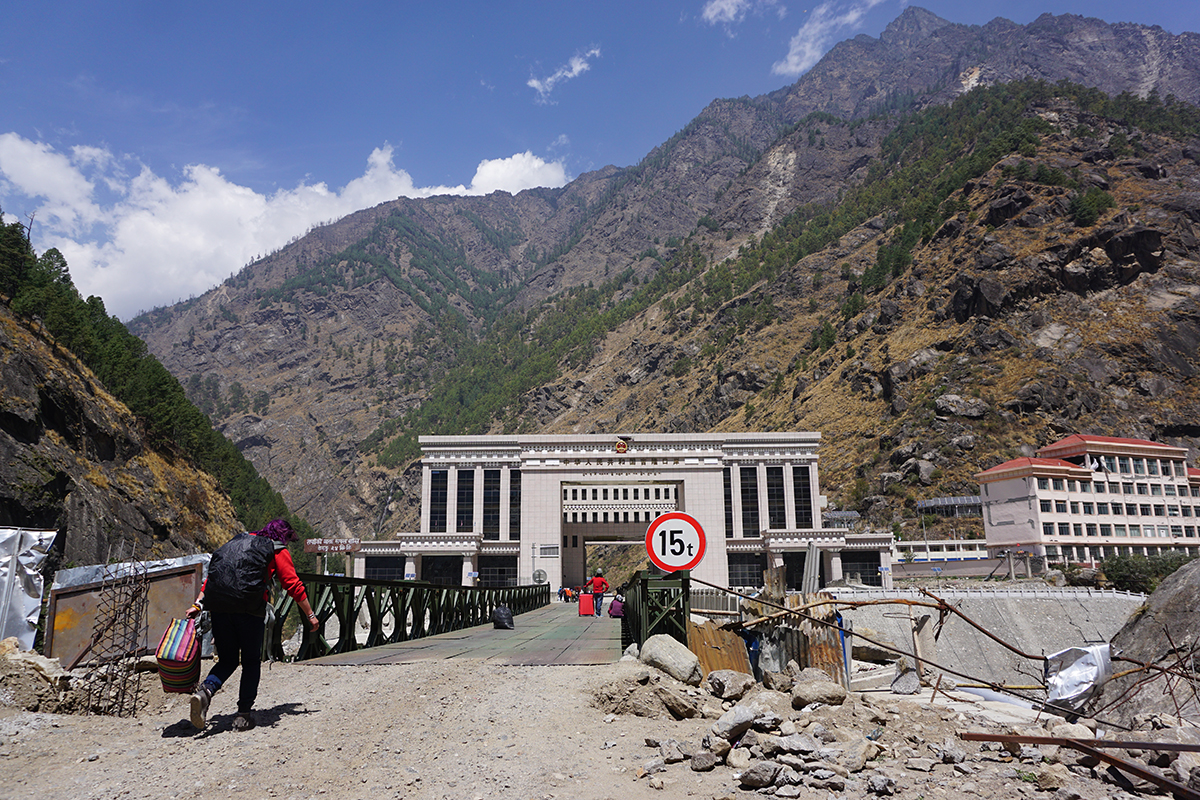
(TibetanReview.net, Sep17, 2017) – Even as road repairs still continue, foreign visitors are finally able to again cross the border between Nepal and Tibet by land, more than two years after the devastating Apr 2015 earthquake which killed close to 9,000 people and left countless homeless, reported theguardian.com Apr 16.
Chinese authorities announced in August that the border at Kerung-Rasuwa had opened for international visitors, meaning the classic route from Lhasa, Tibet, to Kathmandu, Nepal, is possible once again, the report said.
The border was, however, not entirely closed. It was, in fact, open as a trade route to Chinese and Nepalis but not to tourists. However, the crossing previously used by visitors, at Kodari, on the route of the Friendship Highway, still remains too badly damaged to use, the report said.
“Most travellers dream of going to Tibet overland but, with no border open, the adventure was missing while travelling there,” Shiva Dhakal, managing director of Kathmandu-based tour operator Royal Mountain Travel, was quoted as saying.
However, the infrastructure on the Nepal side still remains poor and Dhakal hopes to relaunch overland trips from this side of the border in Apr 2018.
As regards China’s anxiety to open the border from the Tibetan side early, climbing and outdoors writer Ed Douglas, who has travelled extensively in the Himalayas, was quoted as saying, “The Chinese want to be able to say Tibet is open while maintaining strict control over it,” adding that the priority is the millions of Chinese tourists in the region, rather than the small number of westerners.
“If you keep the border open to tourists you can say it’s open and if you keep the numbers down, you avoid problems,” he was further quoted as saying.
Regarding the draw of the journey, Douglas has said, “In the space of a few miles, you’re going from around 1,000 metres up to the Tibetan Plateau, which averages around 4,200 metres, crossing one pass at 5,000 metres. … It’s an astonishing journey, going from a lush green landscape to an arid plateau. It is one hell of an experience.”


